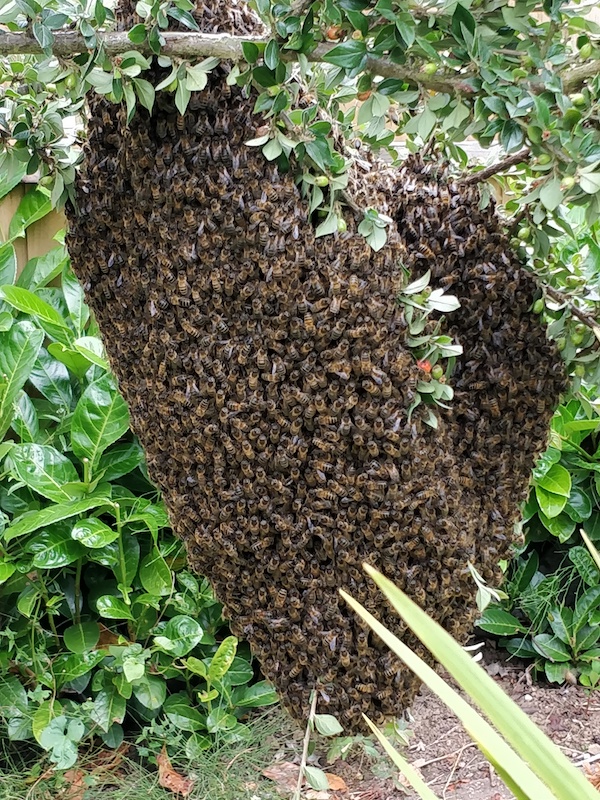Products from the beehive have improved human lives for thousands of years. So what bee goodies do we use in our different skincare products and why?
Our bees produce raw, unheated honey which is a natural source of amino acids, vitamins, minerals and antioxidants. These all combine to nourish the skin and keep it looking healthy. Honey is antibacterial and a humectant so it attracts and maintains moisture to help the skin stay hydrated.
Our other star ingredient is beeswax. In addition to smelling wonderful, it provides a protective barrier helping to retain moisture in the skin, as well as soothing and softening it.
Our balms are all made with a mix of local Birmingham beeswax and honey together with other natural oils and butters. Thanks to the honey and wax our balms deliver an intense and nourishing hit to dry and chapped skin and lips.
We use honey in our soaps for its wonderful moisturising qualities, and the sugars in it improve the lather. The beeswax in our charcoal soaps helps to make the soap emollient and creates a harder bar so it lasts just that little bit longer.
Bees also collect pollen. This is an essential protein source for honey bees and is a superfood packed with zinc, and vitamins C and E. Bees also collect a less well-known hive product called propolis. This is a resinous substance gathered by bees from trees and is often called ‘bee glue’. Used to keep the hive sterile, it has antimicrobial properties and is packed with antioxidants. All these different products are interconnected – our honey and beeswax both contain small amounts of pollen and propolis.
We are excited by the potential of propolis given its amazing anti-viral, anti-inflammatory and antiseptic properties. It is hard to collect but we are experimenting on how to include a healing salve in our skincare range to use on bites, stings, small cuts and minor burns. So watch this space!
Honey bees and other insects play such an important role as pollinators of food crops as well as providing us with incredible natural products. So why not start enjoying all the amazing benefits with a more natural skincare routine.

